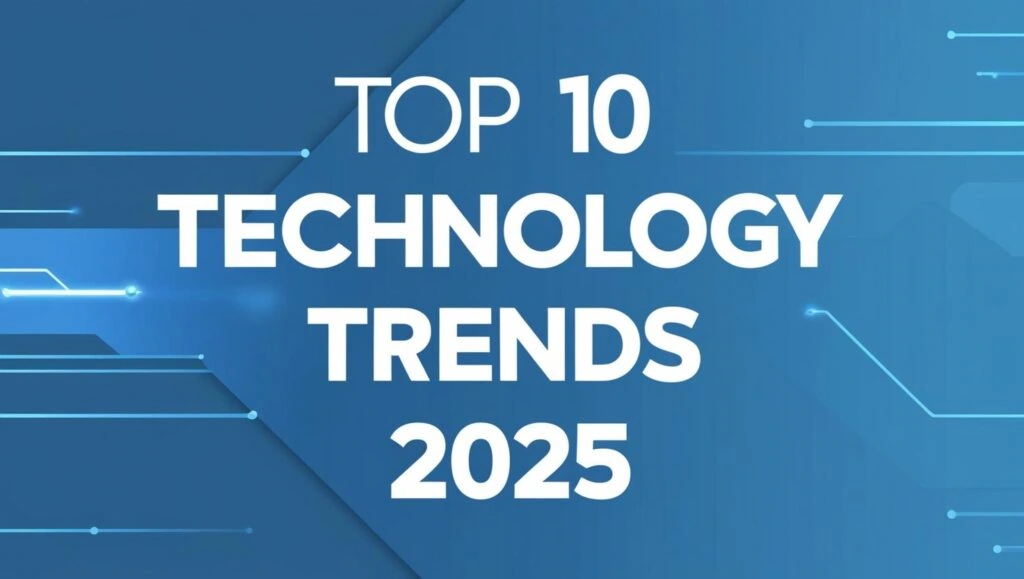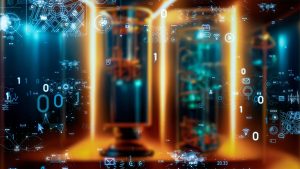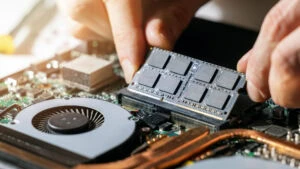Gartner predicts groundbreaking developments in the areas of AI, computing and human-machine interaction. These technologies are revolutionizing our working world and fundamentally transforming our everyday lives
The digital future has three central directions of development:
- AI systems are becoming more autonomous
- Computer technologies are undergoing a fundamental change
- the interaction between man and machine reaches completely new levels
The renowned technology analyst Gartner has taken a closer look at these developments.
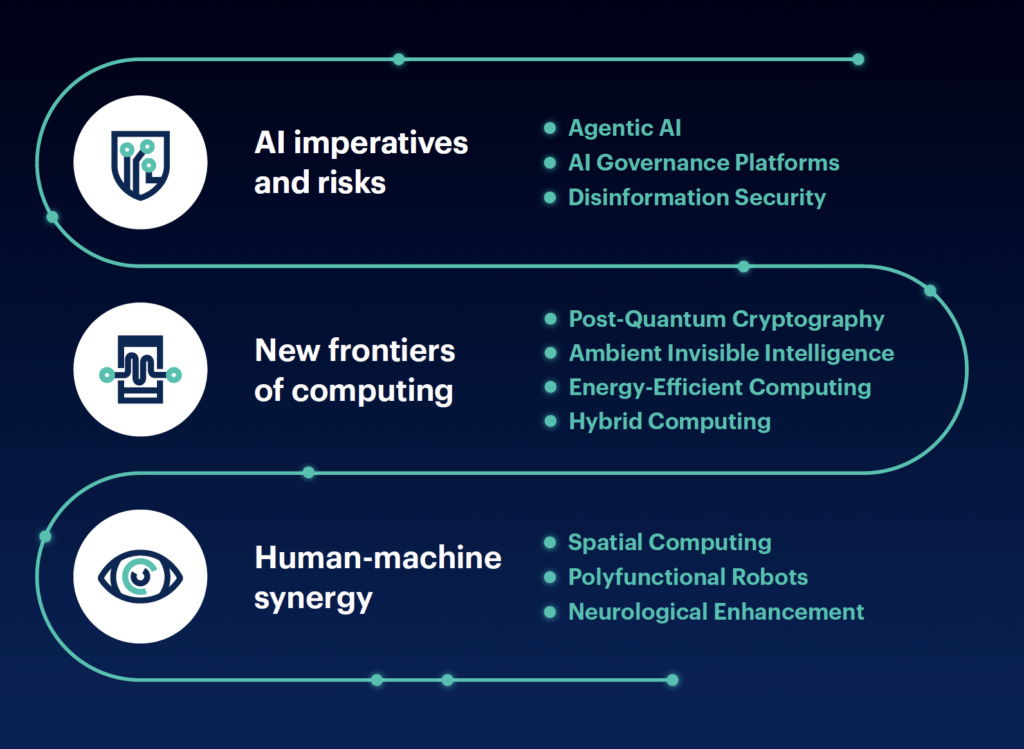
The new era of artificial intelligence
An exciting development is emerging in the field of AI: By 2028, AI systems will make around 15 percent of daily work decisions autonomously. These systems, known as “agent-based AI”, combine various techniques with functions such as memory, planning and environmental perception. They will automate complex projects, optimize customer interactions and improve decision-making in companies.
In order to use these powerful AI systems responsibly, AI governance platforms are becoming increasingly important. Gartner predicts that companies using such platforms will achieve a 30 percent increase in customer trust by 2028. These platforms ensure transparency, fairness and data protection in AI applications.
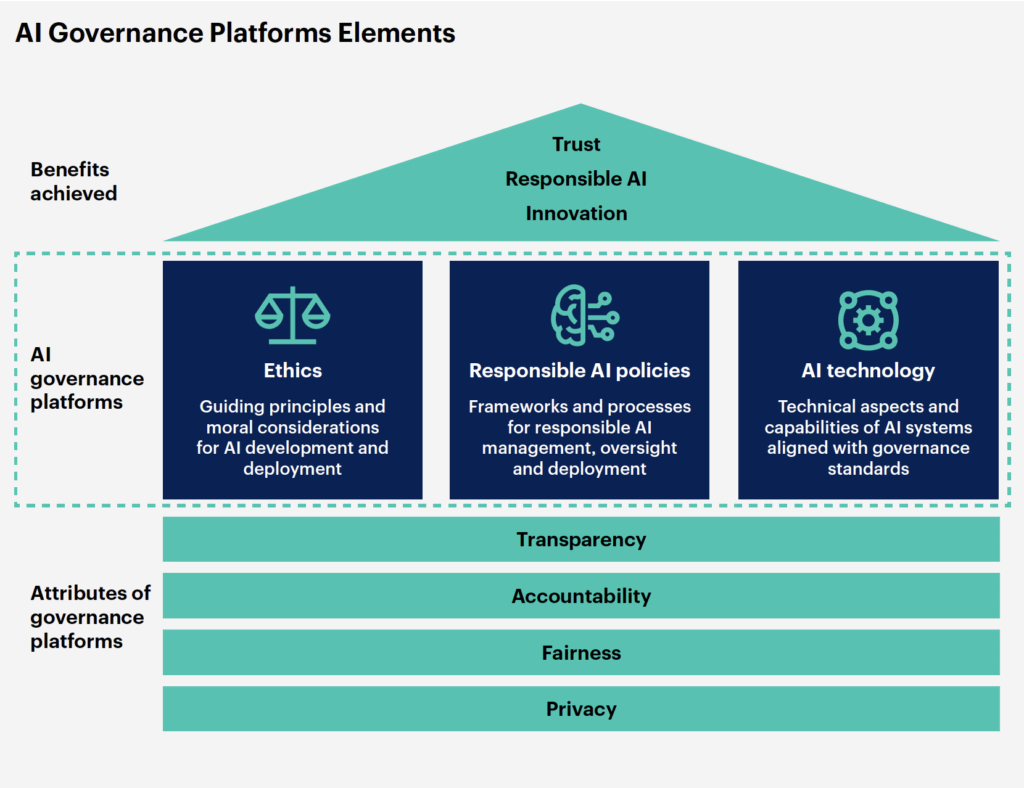
Another critical aspect is the fight against disinformation. By 2028, 50 percent of companies are expected to implement special security solutions to protect themselves against deepfakes and other AI-generated deceptions.
What is disinformation security?
Disinformation security is about recognizing counterfeits, preventing fraud by imitators and protecting reputation.
To detect deepfakes, Disinformation Security combines GenAI and digital forensics technologies. This makes it possible to distinguish between legitimate and artificial actions.
It prevents fraud by counterfeiters by holistically evaluating user behavior. In this way, it can validate authentic actions and ensure that the originator of an action or transaction cannot later deny it.
To protect its reputation, it protects against malicious actors targeting an organization by tracking its operations, influence and infrastructure.
Revolution in computing
Computer technology is on the brink of radical change: with the advent of quantum computers, we need to fundamentally rethink our encryption methods. Post-quantum cryptography will play a key role in this, as conventional encryption methods will no longer be secure by 2029.
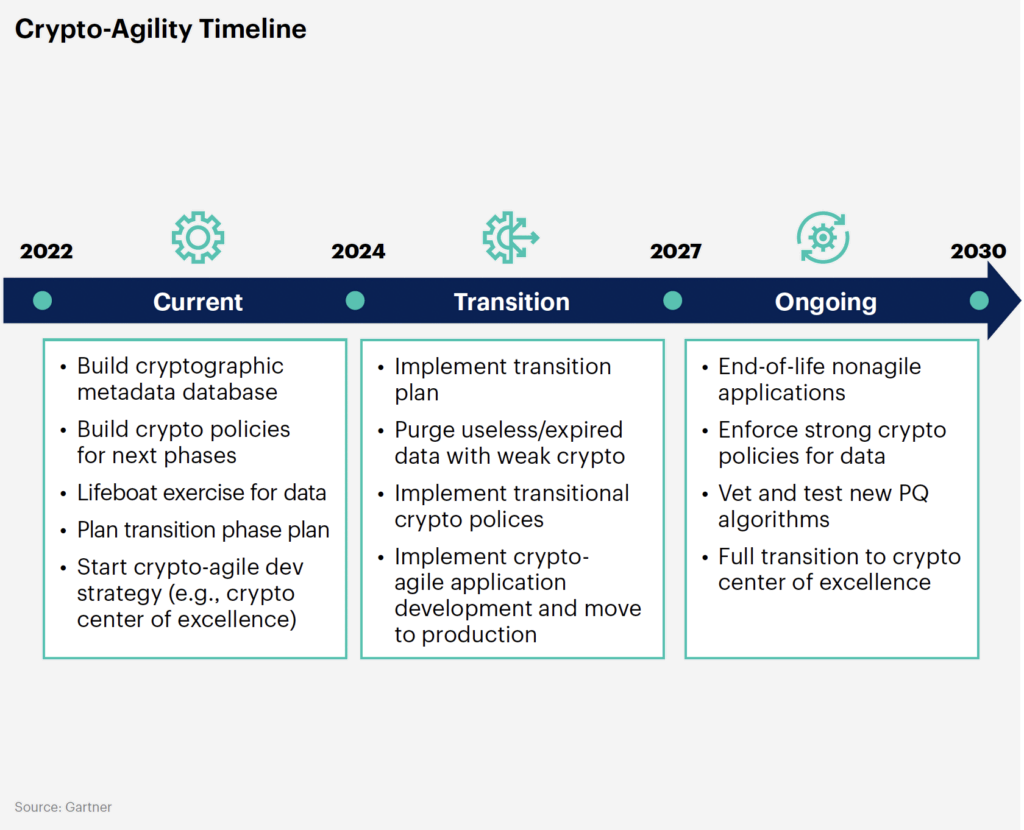
At the same time, “Ambient Invisible Intelligence” is developing – a technology that uses small, inexpensive sensors to make our surroundings intelligent. These invisible helpers will revolutionize retail, offices and healthcare by automatically adapting environments to user behaviour.
What does Ambient Invisible Intelligence mean?
Ambient Invisible Intelligence literally means “surrounding invisible intelligence”. It describes technologies or systems that work unobtrusively in the background without users having to actively interact with them. These systems often use sensors, artificial intelligence and data analysis to understand and react to the environment. They are designed to make everyday life easier without being intrusive.
The focus is shifting to energy efficiency: new technologies such as GPUs and neuromorphic computing promise significant energy savings in data centers. Hybrid computing, i.e. the combination of different computer technologies, is becoming particularly important for AI applications and big data.
Man and machine grow together
Interaction between man and machine is becoming increasingly natural: spatial computing will seamlessly integrate digital content into our real environment. Gartner expects 20 percent of people to use such immersive experiences on a weekly basis by 2028.
Robots are becoming flexible everyday helpers: By 2030, 80 percent of people will interact with intelligent robots on a daily basis – be it in warehouses, in the healthcare sector or during maintenance work.
The development of neurotechnology is particularly exciting: by 2030, 60% of IT employees are expected to be supported by brain-machine interfaces. This technology will not only revolutionize training and education, but also improve occupational safety.
What does neurological enhancement mean?
Neurological enhancement means improving a person’s mental abilities with the help of technologies. These technologies can read, understand and sometimes even change the activities in the brain.
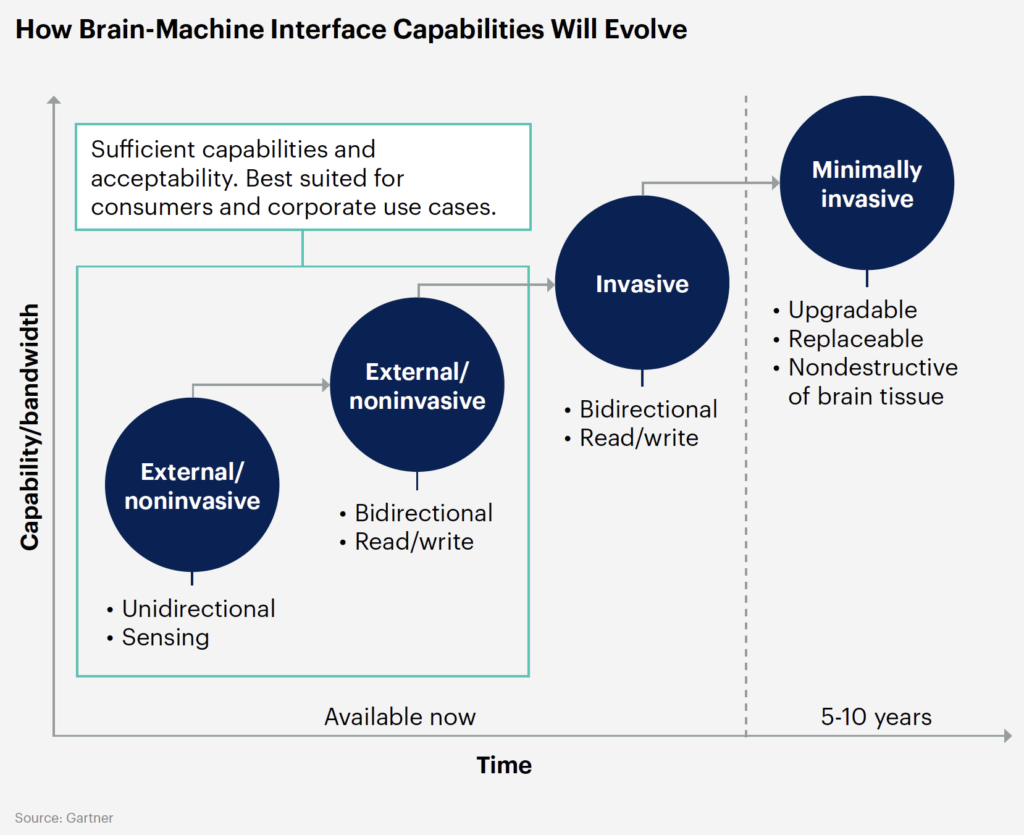
Recommendations for CIOs
The authors of the study recommend IT managers:
- Early evaluation of technologies for your own company
- Development of a roadmap for step-by-step implementation
- Consideration of ethical and regulatory aspects
- Building the necessary skills in the team
Conclusion
The trends analyzed by Gartner paint a picture of a reality in which the physical and digital spheres merge seamlessly. For companies, this represents a great opportunity – but also a responsibility to use these technologies ethically and securely. The digital transformation will accelerate massively over the next few years. Those who set the right course now will benefit from this development.


